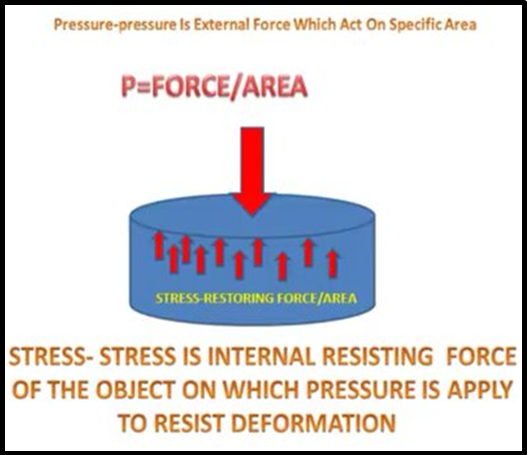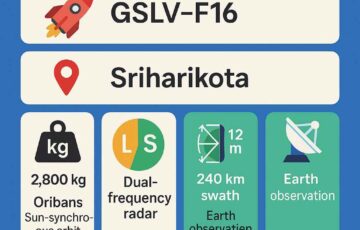PRESSURE: ESSENTIAL PHYSICS IN EVERYDAY LIFE
Why in the news?
- Pressure affects many aspects of daily life, from cooking with a pressure cooker to measuring blood pressure.
- Understanding its physics reveals its impact, from atmospheric pressure to fluids in our bodies.
Understanding Pressure: Its Ubiquity and Significance
- Microscopic Interaction with Pressure:
- Pressure is the effect of countless atoms and molecules constantly hitting us, creating air pressure.
- Examples include flight scenarios where reduced air pressure necessitates oxygen masks, and pressure cookers that use high pressure to cook food efficiently.
- Pressure and Force:
- Pressure is force distributed over an area. The unit of pressure is the pascal (Pa), with 1 Pa being very small.
- For instance, a 100g apple exerts about 1 Newton (N) of force, translating to roughly 500 Pascals (Pa) on your hand.
source:wordpress
- Blood Pressure and Measurement:
- Blood pressure is measured in relation to atmospheric pressure, often using mercury in sphygmomanometers.
- The reading of 120/80 mm Hg indicates pressure during heartbeats and resting phases, with mercury providing a practical measurement medium.
What is Pressure?
Types of Pressure:
|






